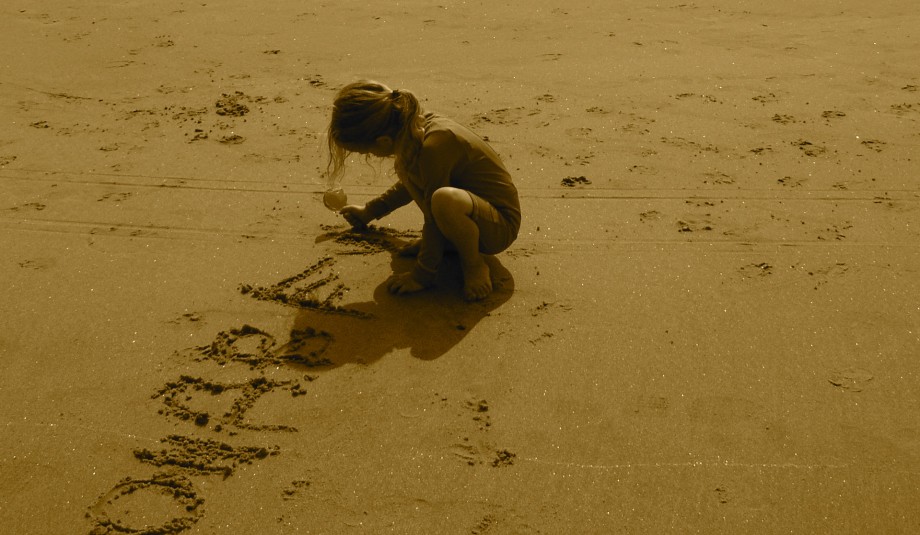There is just something about little dotted cubes that stimulate young minds toward math-related concepts in a really fun way. Kids learn best when they have a tactile experience that is fun! I’m writing this post because I have seen first-hand how certain teaching concepts really work with a simple set of dice.
We are a family that plays Yahtzee together. Captain has been around this particular game often throughout her life, especially when Grandma and Grandpa are visiting, and the Yahtzee games turn into full-fledged tournaments. In fact, Captain actually sat down with her Grandpa a few months ago and played for 2 hours. It was her first time actually playing her own game. In the beginning, Grandpa had to keep her on track and kept patiently explaining how she had three rolls to try to come up with a suitable combination. Midway through, she was making her own decisions and doing everything except adding them up. It was amazing!
Here she is getting her very first Yahtzee (5 of the same number)
It isn’t just the game of Yahtzee that works. Playing with the dice with little ones in itself is a terrific stimulator, and then slowly working up from there, as time goes on, does wonders. Here are some suggestions for simple early education games to teach kids with dice:
- Roll a dice. What number comes before? After?
- Is the number even or odd?
- Have a piece of paper and pencil handy. Write the numbers in a different way. For example, if the child rolls a “6”, have them write the number “6” on the paper etc.
- Roll a dice. What number is ten more? One less?
- Write the numbers 1-6 on small pieces of paper (or use flashcards). Have the child roll a die and match it to the written number.
- Play “Add ‘Em Up”: Set a goal of 100. Have the child roll dice to start the game. The parent will add the numbers as the game goes on. As the child keeps rolling, point to each dot on the die while counting and add it to your total. You don’t have to count super slowly, or even make sure that they understand every addition! It about the stimulation and fun. It all “goes in there” somewhere and adds to the natural learning process.
- If you have a lot of dice around, at least 10 or more, play “Dice Explosion!” Simply have the child shake all of the dice around and let them “explode” onto the floor. Then the scramble is on to try to sort them into like groups. This could be a good release of tension, if there is no pressure to do it too fast…
- Play games like “Yahtzee”. It might be too much for little kids, but I have seen it help kids, teenagers and even adults with their basic adding skills. Let them try!
There are lots of resources available online for games for older kids and for more advanced concepts. Just keep those dice rolling! Definitely check out Shannon Dipple’s article entitled Math Games Using Dice on Primary Education Oasis. She rocks!
Thanks for reading! Karen













